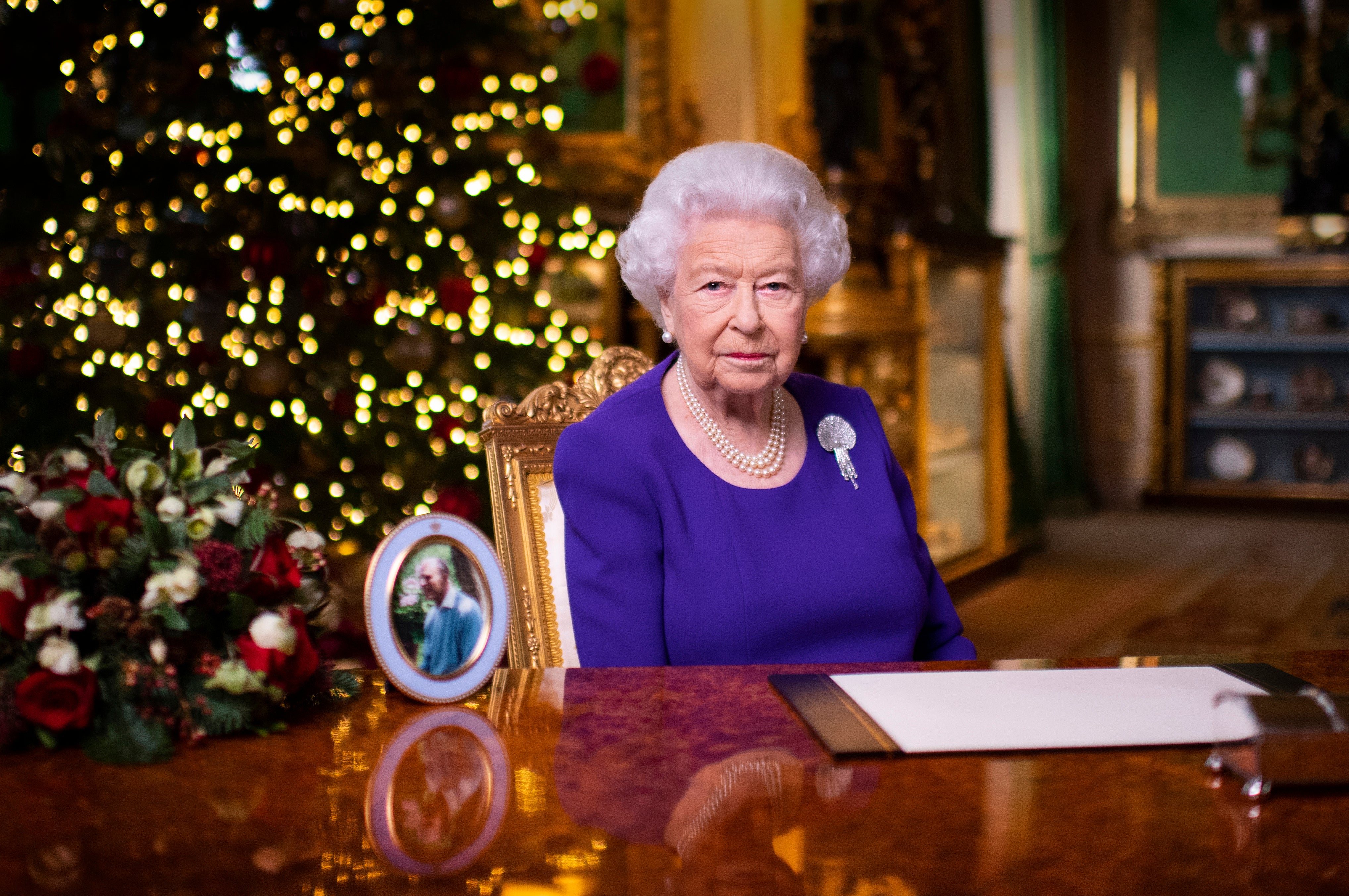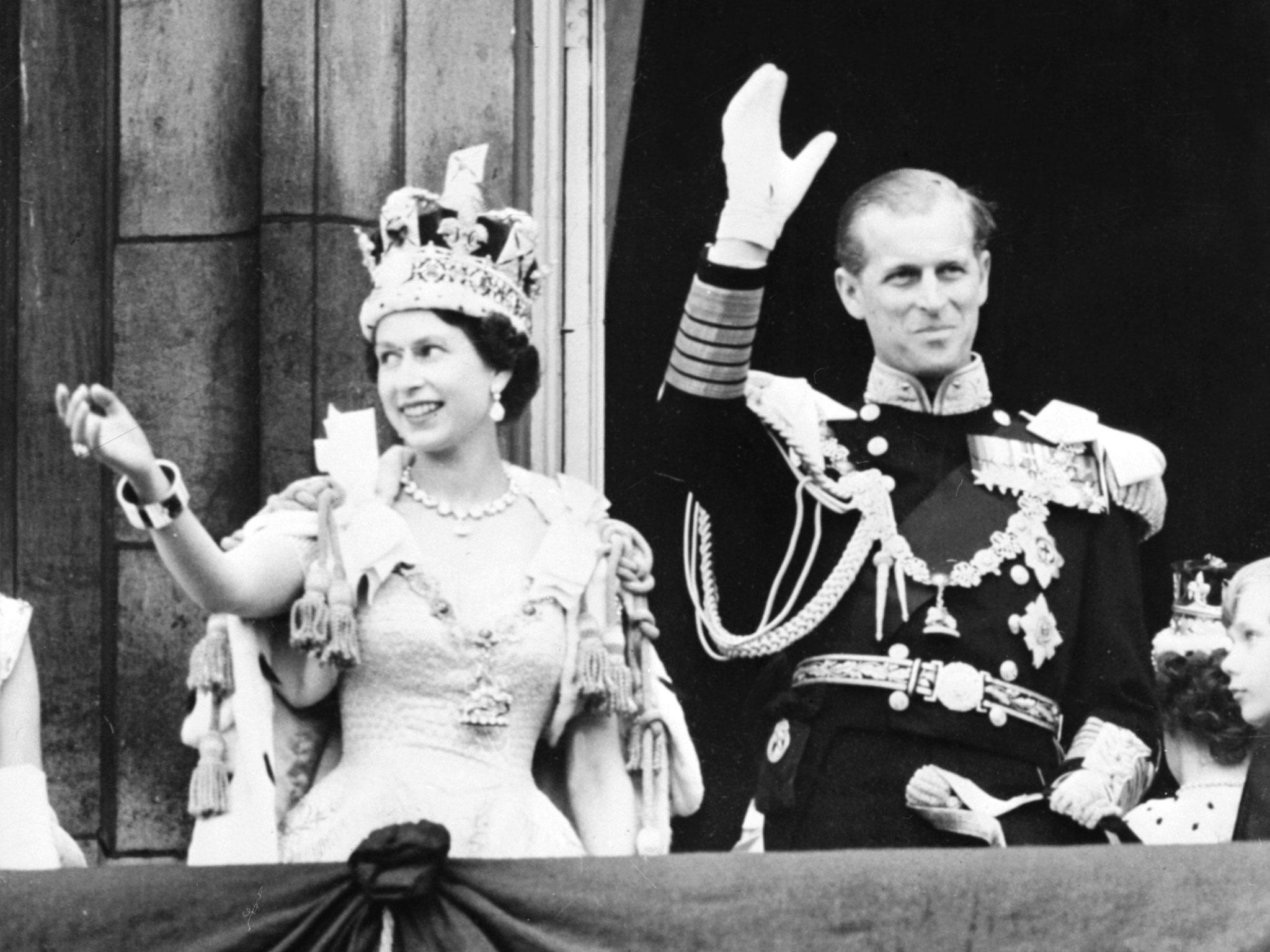The Queen was a unifying symbol to the nation
Editorial: A queen for bad times as well as good, Elizabeth II’s selfless commitment to duty gave the monarchy a stability it would need to survive national turbulence and changing attitudes

Elizabeth II bequeaths a monarchy and a nation transformed from those she inherited as a young princess in 1952 – and transformed for the better.
She saw more than a dozen prime ministers, from Churchill to Boris Johnson – and most recently, Liz Truss – come into power, as well as a similar number of US presidents and countless other heads of state.
Her rule falls easily into the line of historic reigns that includes those of the first Elizabeth and Victoria, and into a tradition of selfless service epitomised by her father – George VI – and grandfather – George V.
Indeed, in the long and not always glittering pantheon of the monarchy, she ranks highly indeed.
Not least among her achievements was to act as a unifying symbol to a nation that has faced its share of trauma and terror. Seven decades ago and more, Britain was a white, deferential, class-ridden society embarking upon a long, genteel journey of relative economic and diplomatic decline.
Many Britons, interviewed for Mass Observation in 1953, believed that the new Queen had not even been born as normal humans are. Today we know rather more about the royal family than we might care to – and that they are all too human.
The “New Elizabethan age” fancied by many in 1953, with pioneering developments in air transport, space exploration and science and technology to rival the achievements of Drake and Raleigh, quickly soured.
Economic failure at home and military failures abroad, with a sometimes chaotic and bloody retreat from empire, were difficult to adjust to.
By the time of Elizabeth’s silver jubilee in 1977, her realm had become the economic sick man of Europe. Her image was defaced with a safety pin on a Sex Pistols record cover. The age of deference had truly expired.
At times, endemic inflation, mass unemployment, strikes and IRA terror made the nation seem ungovernable. The economic shocks and riots of the 1980s – and more recently – were scarcely less dramatic. By the time of her golden jubilee, things were calmer – though the atmosphere at the platinum jubilee was more tense.
The monarchy survived these (and other, self-inflicted) crises because of her singular devotion to duty. She was a queen for the bad times as well as the good. Part of her success came from knowing her place in a vibrant democracy: unpolitical but concerned, onlooker rather than participant.
The Queen followed the example of most of her immediate predecessors in obeying the doctrine of constitutional monarchy famously formulated by Walter Bagehot in the 19th century, with merely the right to advise, to warn, and to be consulted.
In the hung parliaments of 1974 and 2010 – and in the succession of Conservative prime ministers, before they were elected, in 1957 and 1963 – she punctiliously insisted on the politicians and civil service sorting things out and keeping “the palace” (ie, her) as far out of it as possible.
On almost all of the issues of the day, she showed little wish to be a player, though all of her prime ministers attested to her knowledge and wisdom.
Only on Scottish independence did she ever push the boundaries of constitutional propriety – during the first wave of agitation for home rule in 1977, and again before the close referendum result of 2014.
David Cameron said that she greeted the news that her kingdom was to remain united with a “purr”. She could be forgiven for that.

During the public outpouring of grief after the death of Diana, Princess of Wales, the Queen’s usually sure touch for public opinion did, for once, desert her.
As in long tradition, the royal standard did not fly at Buckingham Palace while the monarch was absent, but the nation wanted to see a flag at half mast; the Queen also wished to stay in Balmoral with her family to deal with what was a private tragedy.
The public reaction to that was hostile, but Elizabeth’s recovery was rapid. Following the advice of her then prime minister, Tony Blair, she returned to London, met the crowds, and addressed the nation on television. It was a dangerous moment, and that short, affectionate, human tribute to Diana saved much more than the day.
She proved herself devoted to the Commonwealth, too: an underrated international body second only to the UN in size and diversity. As a multicultural model of cooperation it transcended its origins as a sentimental club, and also served as a vehicle for reconciliation.
From the hand of friendship she offered to former “terrorists” and enemies of the British state, such as Jomo Kenyatta of Kenya and Archbishop Makarios of Cyprus, to her historic meeting with Sinn Fein’s Martin McGuinness and her visit to Ireland in 2011, she always placed duty before whatever personal feelings she may have had.
She cannot have enjoyed entertaining the likes of Nicolae Ceausescu at Buckingham Palace, but she did it all the same to help the Foreign Office. More agreeably, she made her admiration of Nelson Mandela abundantly clear.
A Christian woman in every way, she practised what she talked about during her Christmas broadcasts and other speeches. Her faith helped her to deal with meeting former Irish terrorists of the kind who had succeeded in murdering members of her own family, including Earl Mountbatten, in 1979. She prayed with popes in Rome, and reached out to leaders of every faith.
She needed strength to deal with problems very near to her. Her own long marriage endured, but may not have been without turbulence. The unhappy marriages of her children were less durable – and were explored by the press in minute detail. With Prince Philip, the Queen tried, not always successfully, to balance the needs of a voracious public and the media appetite for gossip with the dignity required of the household of a head of state.
Her decision to pay more in tax, after the “annus horribilis” and the fire at Windsor Castle in 1992, was welcome, though it was overdue. The unearthing of some ancient home movies, showing the young Princess Elizabeth, aged about seven, heiling Hitler, proved not to be as sensational as they seemed at the time.
Now her son becomes king, with another name redolent of monarchies past, albeit with a more chequered record than that of either the first or the second Elizabeth. His is a simple yet challenging task: to carry into the next decades the same blend of humility, duty, service, wisdom and grandeur that made his mother such a “legend”, in the ancient and the modern sense.
At this sad time, we can do no better today than to echo the words Elizabeth used at another poignant moment, in her own tribute to Diana years ago – that we now have “a chance to show to the whole world the British nation united in grief and respect. Thank God for someone who made many, many people happy.”




Join our commenting forum
Join thought-provoking conversations, follow other Independent readers and see their replies
Comments